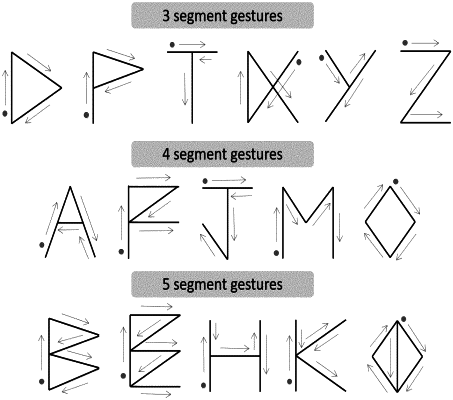| CPC G01S 7/415 (2013.01) [G01S 13/003 (2013.01); G01S 13/86 (2013.01)] | 29 Claims |

|
1. A system for wireless motion recognition, comprising:
a transmitter configured for transmitting a first wireless signal through a wireless multipath channel of a venue; and
a receiver configured for receiving a second wireless signal through the wireless multipath channel, wherein the second wireless signal differs from the first wireless signal due to the wireless multipath channel that is impacted by a motion of an object in the venue; and
a processor configured for:
obtaining a time series of channel information (TSCI) of the wireless multipath channel based on the second wireless signal,
computing a plurality of pairwise motion statistics (PMS), each PMS computed based on a respective pair of channel information (CI) of the TSCI,
computing a characteristic function for a sliding time window based on a number of PMS computed based on pairs of CI in the sliding time window,
computing at least one characteristic point of the characteristic function,
computing a turn point and an associated turn angle associated with the sliding time window based on the at least one characteristic point, wherein the turn point is where the object moves from a first straight-line segment into a second straight-line segment during the sliding time window and the associated turn angle is an angle between the first straight-line segment and the second straight-line segment,
generating a gesture trajectory of the object, wherein the gesture trajectory comprises at least one turn point, at least one turn angle, and a series of at least two straight line segments,
wherein
each turn point is where the object moves from a straight-line segment to a next temporally adjacent straight-line segment with a respective turn angle being an angle between the two temporally adjacent straight-line segments,
each characteristic point of the characteristic function comprises one of: a local maximum, a local minimum, a constrained local maximum, a constrained local minimum, a zero-crossing, or any one of the above after a smoothing of the characteristic function, and
determining a gesture shape based on: the series of at least two straight-line segments, the at least one turn angle and the at least one turn point of the generated gesture trajectory, and a plurality of pre-determined gesture shapes.
|